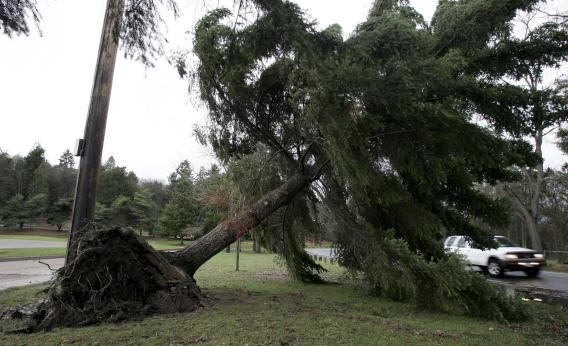With power out in many of the suburban communities around Washington, D.C. but still going strong downtown where our power lines are buried it’s once again a good time to observe that most developed countries have a much larger share of buried power lines than we do.
The issue in the most simplistic sense is cost:
“The general rule of thumb we use is a factor of 10. Installation costs, construction cost is a factor of 10 difference between overhead and underground,” [David] Lindsay says.
But the deeper issue, I’d say, is population density. It’s not a coincidence that the power lines are buried downtown but not in more outlying areas. Where people are more densely settled, expensive infrastructure is more affordable to install. The weighted population density of the United States is pretty low by international standards which makes it hard to do this. And there’s nothing wrong with that if, all things considered, it’s how people want to live (we have a big country) but unfortunately we have a lot of laws on the books that prohibit denser construction and force us onto this bad-infrastructure equilibrium.
